If you’re thinking about visiting the north of Tenerife and you’re wondering where the Costa de Acentejo is, this article is for you. On the north of the island, this coastal region spans the towns of Tacoronte, El Sauzal, La Matanza, La Victoria, Santa Úrsula and La Orotava, covering a total of 401 hectares.
In this article, we explore the secrets of the Costa de Acentejo, from its landscapes to its less well-known corners and answer key questions about this unique spot in Tenerife.
What to do on the Costa de Acentejo
Apart from the conventional tourist attractions, the Costa de Acentejo is home to less-explored areas that you simply must discover. Here are the most common activities that you can do with your family or friends all along the Costa de Acentejo:
- Visit the villages in the area: the Costa de Acentejo region is home to picturesque villages with a local cuisine unique to each one. We reveal all their secrets further below.
- Relax on the beaches and hidden coves: the north of Tenerife is characterised by its volcanic sand beaches, such as Rojas Beach. A landscape worth visiting.
- Go hill walking: the Costa de Acentejo is full of cliffs, connected by paths. From these cliffs, you can admire the sea and horizon of northern Tenerife.
- Swim in natural pools: the north of Tenerife is full of natural pools, bathed in sea water.
The villages of the Costa de Acentejo
The Costa de Acentejo not only stands out for its impressive coastal landscapes, but also its villages. Let’s discover the cultural and natural wealth of Tacoronte, El Sauzal, La Matanza, La Victoria, Santa Úrsula and La Orotava.
La Matanza
La Matanza de Acentejo, set between the sea and the mountains, stands out for its impressive views and deep-rooted tradition of slaughtering livestock, which takes place at local festivals. Its connection to the aboriginal era can be seen in the historic relevance of the Battle of Acentejo, with archaeological sites in the Acentejo and La Sabina ravines.
Its consolidation as a town in 1812 and the awarding of the title of Villa in 1985 reflect its historical development. An interest in its past has recently been renewed as the importance of the Battle of Acentejo was highlighted in declaring the ravine of the same name an Asset of Cultural Interest in 2007.
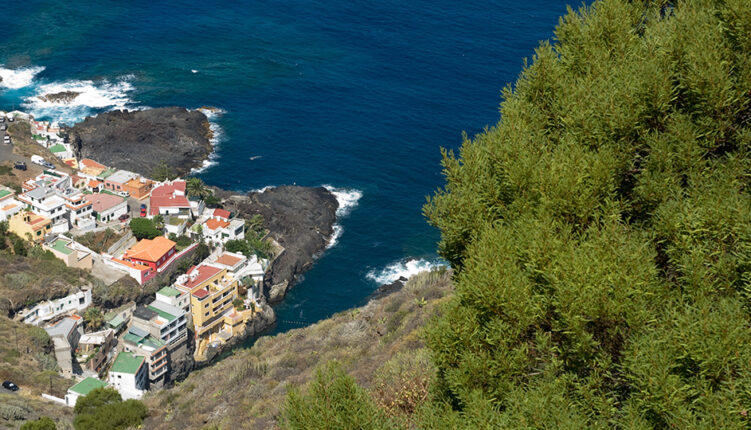
Tacoronte
Tacoronte, on the north coast, is famous for its extensive vineyards and wine-making tradition. It is also the birthplace of the first Designation of Origin label, Tacoronte Acentejo, granting it real significance in the field of wine tourism. It offers impressive views of the Atlantic Ocean and the chance to sample local wines in traditional wineries.
This place stands out for its cobbled streets and the colonial architecture of the historical buildings.
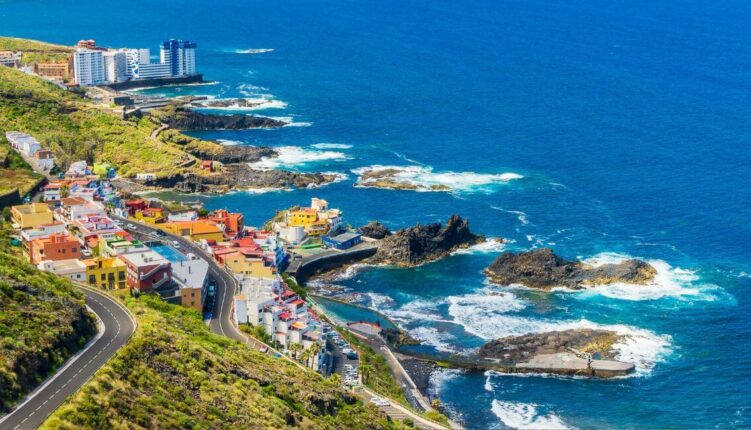
El Sauzal
El Sauzal is famous for its deep-rooted Canary Island architecture and is a must-visit for those who want to explore the region. This town, which forms part of the Tenerife Metropolitan Area, is strategically located between Tacoronte, El Rosario, Candelaria and La Matanza, and is split by the Northern Motorway. El Sauzal is made up of Ravelo, between the motorway and the central peak, and El Casco, between the motorway and the sea.
By the way, don’t forget to visit the Casa del Vino, an old Canary-Island mansion house that offers visitors an immersive experience that includes wine tastings, events and a representative sample of the wines produced in the area. However, you can also visit the Church of San Pedro and the traditional streets which, along with the Casa del Vino, add a touch of authenticity to your trip.
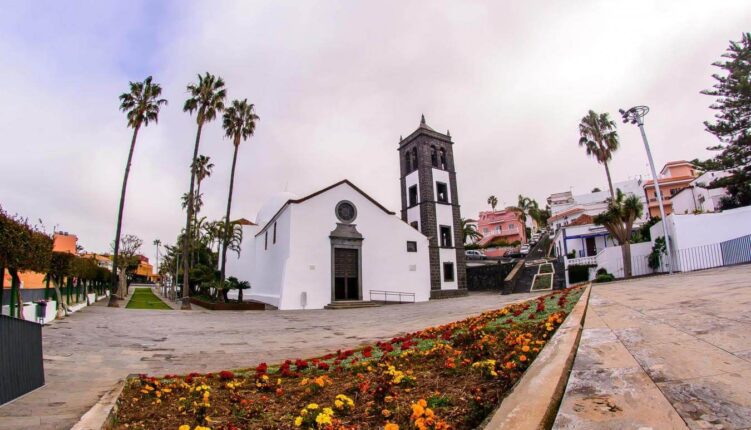
La Victoria
La Victoria de Acentejo is a setting of both cultural and natural importance. The Plaza del Cristo and the Church of San Juan Bautista are iconic destinations that reflect the historical wealth of La Victoria.
This town guards the memory of the historic Battle of Acentejo (as does La Matanza), a crucial confrontation in 1494 between the Guanches, led by “mencey” (king) Becomo de Taoro, and the Spanish conquistadors under the command of Alonso Fernández de Lugo. This battle, fought in the fields now home to La Victoria, resulted in the victory of the Guanches, forcing the conquistadors to temporarily withdraw.
The rich heritage of La Victoria can be seen in both its monuments and in the traces that key events such as the Battle of Acentejo have left.
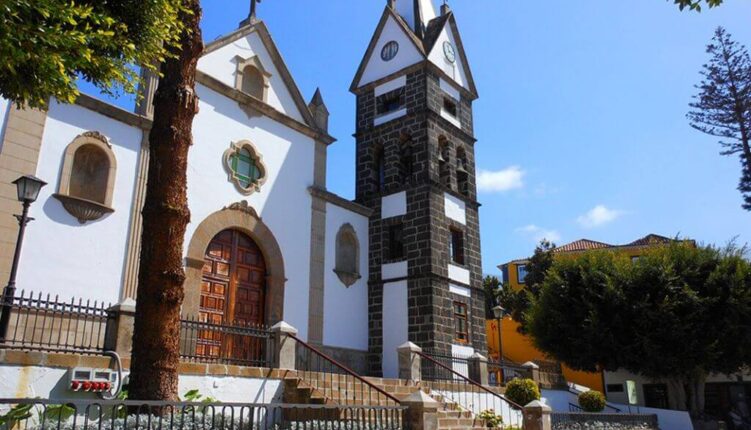
Santa Úrsula
Santa Úrsula captivates the heart of anyone who visits, with its panoramic ocean views from the Humboldt lookout point, which offers a unique perspective. Among the various cultural facilities, it is La Casona de San Luis that stands out – an old Canary Island building that has been recently restored and forms part of the Calvario cultural complex.
The October patron-saint festival, dedicated to Santa Úrsula, a martyr, is the town’s oldest festival, when traditional and religious events are held.
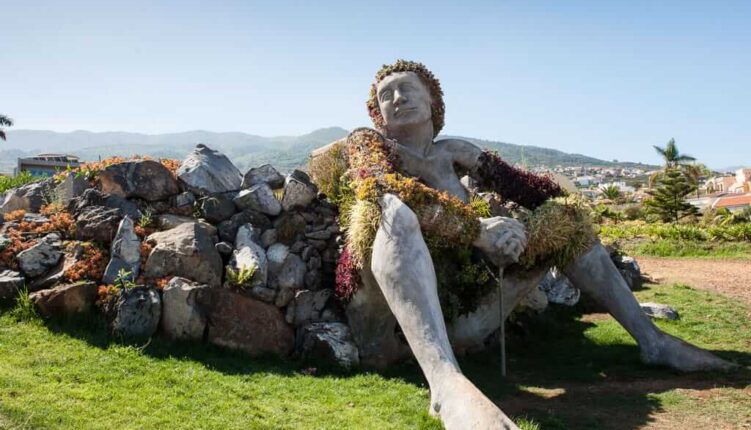
La Orotava
La Orotava, located on the north coast of Tenerife, 8 kilometres from Puerto de la Cruz, in the Orotava Valley, offers stunning views of Mount Teide and the Atlantic, from an altitude of 360 metres. It is home to cobbled streets and some truly emblematic 16th-century houses with colourful wooden balconies.
The Casa de los Balcones, a famous historical site, presents Canary Island architecture and offers an exhibition on local traditions. Other must-visits include the Victoria Gardens, which cascade down the hillside, and the Carpet Museum, which displays ephemeral masterpieces made out of flowers and sand, typical of La Orotava during Easter. The Church of the Immaculate Conception, a great example of the Canary Island baroque style, and the Plaza de la Constitución – known as the Plaza del Quiosco, with its beautiful Mudejar pavilion – add charm to the setting.
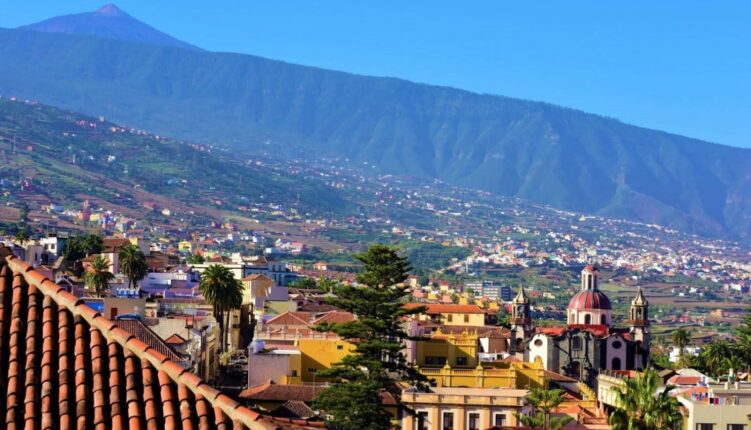
Beaches, cliffs and coastal charm
The Costa de Acentejo is proud of its black-sand beaches, each one with its own character and charm. Among them, El Socorro Beach stands out in particular, famous for its volcanic sand and its clear water. This coastal paradise not only offers the option to enjoy the sun and sea, it also gives you the chance to try your hand at water sports, such as surfing and scuba diving. The charm of the coast reveals itself in the picturesque fishing villages that pepper the coastline, which we mentioned above.
Discover the Acentejo Ravine
Nature enthusiasts can explore the Acentejo Ravine, not just as a historical site, but also as a visual spectacle with impressive biodiversity. It features well-marked trails that allow you to delve inside this natural setting and see indigenous birds, as well as enjoying the endemic flora on its slopes.
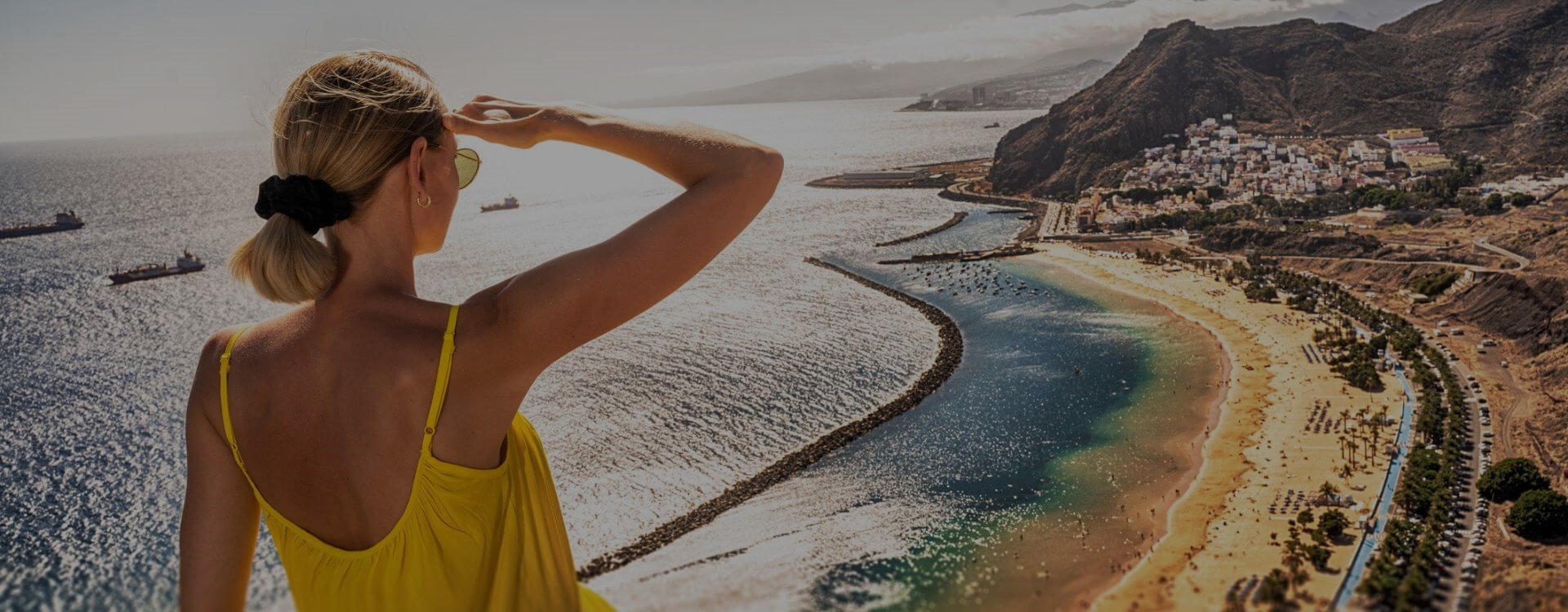
Come and admire the beauty of the Costa de Acentejo!
In short, the Costa de Acentejo is not just a tourist destination; it is a testimony of the diversity of the island of Tenerife and a place where the history, nature and authenticity of its villages are interwoven.
If you don’t yet have somewhere to stay on the Costa de Acentejo, Sansofé has ten homes located on an organic-avocado estate in La Matanza de Acentejo. Don’t miss the chance to experience something unique as you explore the Costa de Acentejo. Your holiday in Tenerife promises to be unforgettable!



